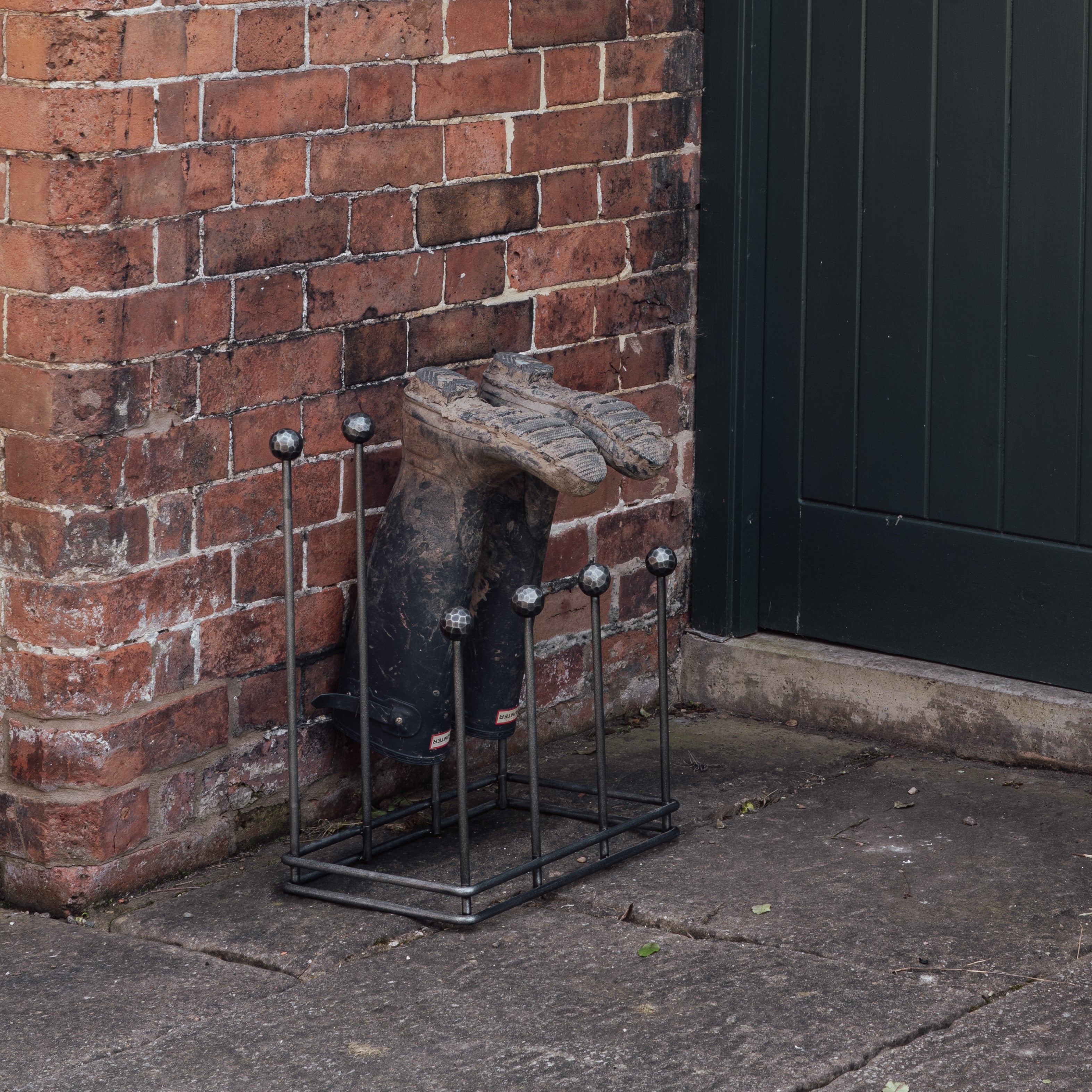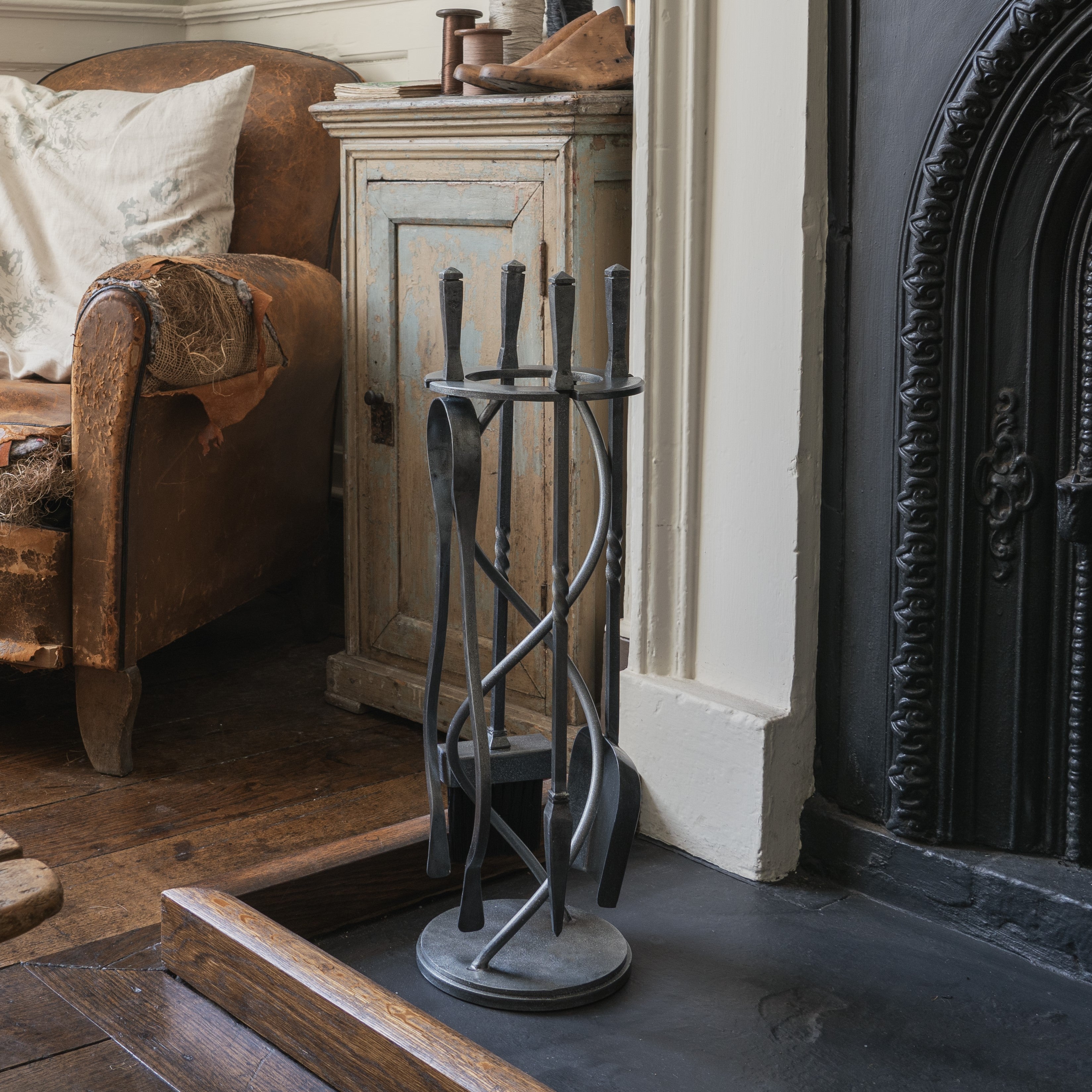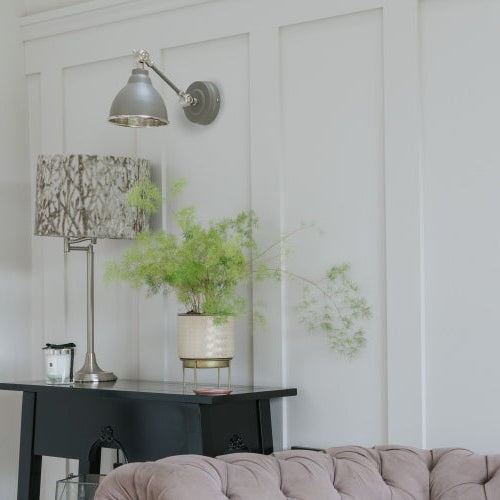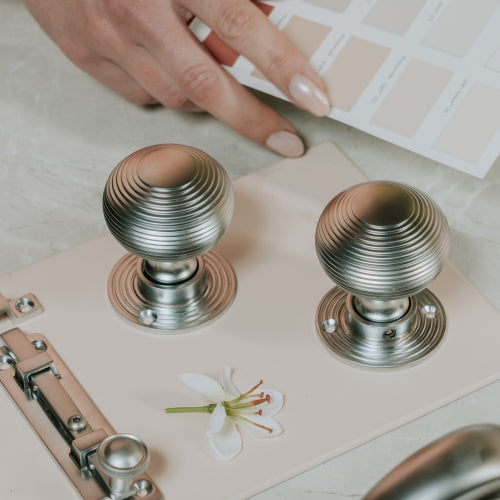Your doors are for more than just decoration; they bring privacy and security to your home, so it’s important to accessorise them with a high-quality lock! But how do you know which lock is right for your door?
We’ve created this comprehensive guide to explain the most common locking mechanisms and when you’d use them. Just make sure you check your insurance requirements before you replace your lock!
Contents
Parts of a Lock
Locks can be confusing, but luckily, we’re here to help! Before we get into the different types of locks, we’ll explain some basic terms that are found on many (but not all) locks to help your understanding…
- Deadbolt: the square of metal that forms the bolt. When the key is rotated, this piece of metal moves across the door, locking it in place.
- Receiver plate: the metal plate fixed to the doorframe into which the bolt (and/or latch) engages.
- Face plate: the metal plate fixed to the door edge that protects the bolt (and/or latch).
- Euro Cylinder & Keyway: the cylinder is the part into which the key is inserted. Upon turning of the key, a series of spring-loaded pins are engaged by the cylinder, locking it in place. The cylinder sits in the keyway.
- Spindle: piece of metal that passes through the lock, into the handle or doorknob, and operates the lock (and/or latch).
- Latch-bolt: the simple mechanism for closing a door, usually operated via the handles or knobs.

Deadlocks
Mortice knobs are a type of door knob that sit on the edge of a door and are designed to operate mortice locks. The most common type of locking mechanism used with mortice knobs is a deadlock, which is set into the body of the door rather than being surface mounted. Put simply, a mortice deadlock is a lock operated by a key which cannot be opened by any other means. As such, mortice deadlocks offer excellent security; some locks can be operated via a thumb turn on the internal face of the door, which means that if burglars smash a window, they could potentially reach in and unlock it. Because mortice deadlocks can only be opened via a key, they’re a strong deterrent to burglars. Mortice deadlocks are often fitted to a door along with a mortice knob which operates a latch. When the door is closed, the latch is activated, keeping the door in position without locking it. Mortice knobs are a stylish alternative to door handles, and the rim of the lock can be fitted with a decorative plate called an escutcheon to provide both style and protection from damage.
Sash Locks
Much like deadlocks, mortice sash locks are fitted into the body of a door and contain all the same components. The major difference between the two is that sash locks feature an additional latch mechanism which is purely used to open and close the door. The latch is operated via a pair of lever handles which are connected to internal spindles. When the lever is operated, the spindle passes through the latch which acts to open and close the door. This means that the door can be opened and closed without a key and will not immediately lock when closed. To lock this type of door, the key must physically turn the lock. There are several types of sash lock to choose from, with some offering more protection than others. The most common types are the 3 and 5 lever locks. 3 lever sash locks are considered the least secure because they only have 3 levers, making them somewhat prone to duplication. Therefore, they are often used only for internal doors. 5 lever locks are regarded as more secure as the greater number of levers makes them more difficult to replicate and are therefore used for exterior doors. For lever handles, the keyhole is typically cut out of the backplate and positioned 57mm below the latch. Sometimes this is also fitted with an escutcheon.
Bathroom Locks
As the name suggests, bathroom locks are intended for use on bathroom doors (but can also be used in bedrooms and other rooms inside the home where additional security is needed). Both sides of the door feature a handle or door knob which operates the latch. The internal side of the door is fitted with a thumbturn which locks/unlocks the bolt. The external side of the door has a coin and release thumbturn which can be opened using a coin in case of an emergency. These locks offer privacy without the need for a key.

Multipoint Locks
Multipoint locking systems are typically used in uPVC, composite, and patio doors. These one-piece mechanisms consist of a long metal bar that sits within and spans the length of the door to create an air-tight seal. Along this bar are three locking points; one at the top, bottom, and middle. Multipoint locking systems are usually operated via a pair of espagnolette lever handles, which have a larger backplate than typical handles. A spindle connected to the lever handle passes through the latch, and movement of the handle operates both the latch and locking points. To securely lock the door, the handle must be lifted upwards to engage the shoot bolts, locking the door at all points. These bolts remain in a locked position once the key has been turned. Because this type of mechanism has multiple locking points, it offers more security than traditional lock sets.
Night Latches
In many period properties, entrance doors are fitted with cylinder pulls or centre door knobs in place of more modern handles. Cylinder pulls refer to the decorative plates that sit around a keyhole and are used to pull entrance doors closed from the outside. While cylinder pulls are effective, individuals with arthritis or limited hand function may struggle using them, making centre door knobs an attractive alternative. As the name suggests, these door knobs are fitted to the centre of the door, separate from the mechanism, meaning they’re simply used to push & pull the door open & closed. As such, cylinder pulls and centre door knobs are typically used in conjunction with a night latch, which automatically engages with a keep on the door frame upon closing to lock the door. A key is used to unlock the door from the outside, and from the inside it is unlocked with a turn lever, or in some instances a snib button. A snib button engages a deadlock mechanism to provide additional overnight security as it stops the key from being able to unlock the door from the outside when the snib is engaged.
Tubular Latches
Tubular latches are designed for non-locking internal doors. They consist of a latch (but no lock) which is operated by the handle. While they don't offer security, they allow doors to be closed securely in place, thereby offering privacy. Typically, tubular latches are morticed into the door frame to provide a flush fit. If you have double doors, the receiver plate may instead be morticed into the second door, enabling the doors to interlock with one another. Tubular latches can be used with lever latch handles, lever on rose handles, and door knobs.
Hopefully this blog has answered a few of your questions, but if you’re still unsure, feel free to get in touch for some free, expert advice.









































